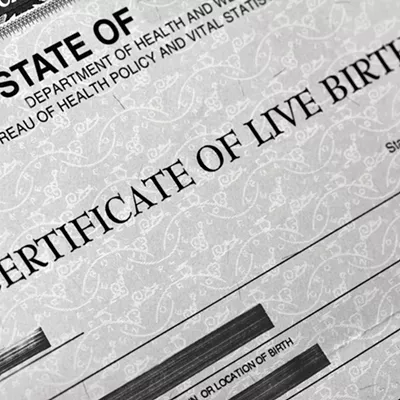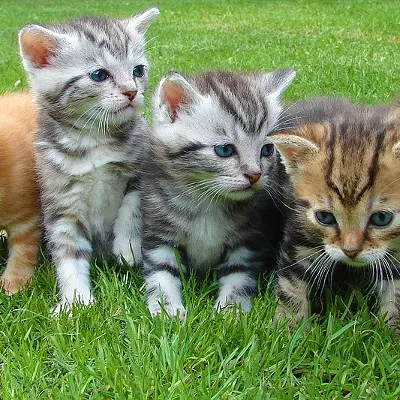They've been compared to handbags, like some sort of humanitarian accessory. They’ve been scrutinized and thrust into the national spotlight by the rich and famous who tote them on their hips, inside their limousines and on their plush red carpets. Internationally adopted children are a hot commodity. Just look at Madonna and Angelina Jolie’s horde.
American families have adopted internationally since the mid-1970s. It isn’t a new phenomenon or even a luxury. But in recent years, the United States is beginning to see a decrease in foreign adoption. Agencies throughout Spokane have noticed a similar trend.
Couples initially drawn to international adoptions bypass foreign arrangements and turn to local children instead.
The number of families choosing domestic children versus international isn’t enough to cause a surge in local adoption numbers — though Spokane is what agencies call an adoption-friendly city — but the statistics fall in line with an increasing national trend.
The reasons seem to vary. A combination of stricter international regulations and family finances are the likely culprits of declining numbers.
In 2007, Amy Smith and her husband decided it was time for a baby. The Spokane couple began applying for adoption rights in China because they were told it was the quickest and easiest process, but more than two rocky and unsuccessful years went by without the couple receiving a baby.
“International laws were changing very fast,” Smith says. “What used to be one of the most efficient and easiest adoption processes became slowed down through regulations. The timeline forced us to sit back and reevaluate things.”
Donna Euler, director of Idaho Youth Ranch Adoption Services in Coeur d’Alene, says the Smiths experienced an all-too-familiar trend. “More people who might have considered an international adoption are now considering domestic adoptions, and that’s wonderful for the kids in our foster care system,” she says.
According to the State Department, American families over the last 10 years have adopted 200,000 children from other countries. But since numbers peaked in 2004 (see sidebar), adoptions have fallen by half. “Domestic adoption is less money out of pocket, and the timelines are about the same,” Euler says. “International adoption peaked three to five years ago. It’s declining partly because countries have really slowed down what once was a speedy process.”
Things changed abruptly in 2008 when the U.S. entered into the Hague Adoption Convention, joining countries throughout most of South America, Western Europe and China. The international agreement aims to safeguard inter-country adoptions though regulations and procedures.
Within these regulations, countries must prove that proper effort was put forth in finding a home in the child’s country of origin. Children adopted from a Convention country can only be adopted though an agency that has been evaluated by one of the State Department’s accrediting entities, and adoptive families may even be required to spend upwards of 60 days in the orphan’s country before returning home with the child.
Despite initial hesitations, the Smiths turned to Open Adoption Services in Spokane. They had heard horror stories about domestic adoption and lengthy legal proceedings, but were surprised with the timeliness and ease with which they got a baby.
“The international process really redirected us,” Smith says. “With domestic adoption, our portfolio was turned in by March, and by October, we brought home a newborn little boy. We couldn’t be happier that we finally dropped the whole international thing.”
Mark Iverson, a Spokane adoption attorney and parent of three babies from other countries, says regulations might slow the process down, but it doesn’t always deter people from adopting. “Spokane certainly has a strong international adoption practice here too,” he says.
Iverson attributes declining adoption numbers to finances, as international adoptions carry a heavy price tag. A private domestic adoption costs anywhere between $3,000 to $5,000, and international adoptions can cost from $15,000 to $30,000 and more.
“Tougher economic times means families have to reevaluate their finances,” he says. “It makes sense that numbers are dwindling, but demand for international adoption will always be there. The desire to become a parent is very strong.”





















